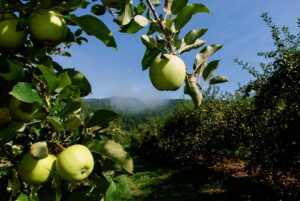
WNC Orchard Insect Pest Populations - August 27, 2025
With the exception of the brown marmorated stink bug (BMSB), trap captures of key pests declined during the past …



El inglés es el idioma de control de esta página. En la medida en que haya algún conflicto entre la traducción al inglés y la traducción, el inglés prevalece.
Al hacer clic en el enlace de traducción se activa un servicio de traducción gratuito para convertir la página al español. Al igual que con cualquier traducción por Internet, la conversión no es sensible al contexto y puede que no traduzca el texto en su significado original. NC State Extension no garantiza la exactitud del texto traducido. Por favor, tenga en cuenta que algunas aplicaciones y/o servicios pueden no funcionar como se espera cuando se traducen.
Inglês é o idioma de controle desta página. Na medida que haja algum conflito entre o texto original em Inglês e a tradução, o Inglês prevalece.
Ao clicar no link de tradução, um serviço gratuito de tradução será ativado para converter a página para o Português. Como em qualquer tradução pela internet, a conversão não é sensivel ao contexto e pode não ocorrer a tradução para o significado orginal. O serviço de Extensão da Carolina do Norte (NC State Extension) não garante a exatidão do texto traduzido. Por favor, observe que algumas funções ou serviços podem não funcionar como esperado após a tradução.
English is the controlling language of this page. To the extent there is any conflict between the English text and the translation, English controls.
Clicking on the translation link activates a free translation service to convert the page to Spanish. As with any Internet translation, the conversion is not context-sensitive and may not translate the text to its original meaning. NC State Extension does not guarantee the accuracy of the translated text. Please note that some applications and/or services may not function as expected when translated.
Collapse ▲
With the exception of the brown marmorated stink bug (BMSB), trap captures of key pests declined during the past …
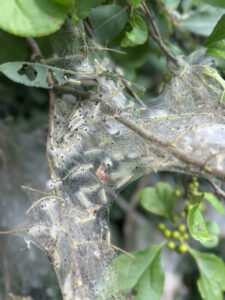
Common Insects Pests of Plants In western North Carolina, there are many species of insects. Most are beneficial to …
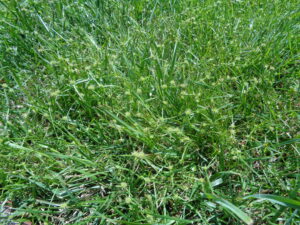
Nutsedges and kyllingas can be a difficult-to-control perennial weeds in lawns and landscapes. Nutsedges and kyllingas are not grasses …
![Cover photo for 2025 Apple Maturity Pilot Program [8.21.25]](https://henderson.ces.ncsu.edu/wp-content/uploads/2025/08/25PAM_Gala_8.19.25_Grouped-213x300.png)
In cooperation with the Henderson County Master Pomology Program, we initiated an effort to monitor apple fruit maturity in …
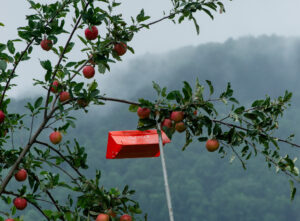
Codling moth and oriental fruit moth (OFM): With the exception of locations that have had high codling moth problems …
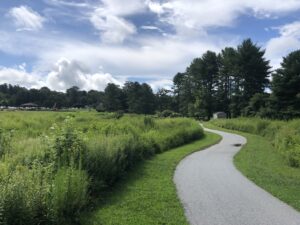
Allowing areas to grow up and become wild area creates habitat for birds and pollinators. Parks and golf courses …
![Cover photo for 2025 Apple Maturity Pilot Program [8.13.25]](https://henderson.ces.ncsu.edu/wp-content/uploads/2025/08/25PAM_Honey-Crisp_8.12.25_-GroupPic.jpg-203x300.png)
In cooperation with the Henderson County Master Pomology Program, we initiated an effort to monitor apple fruit maturity in …
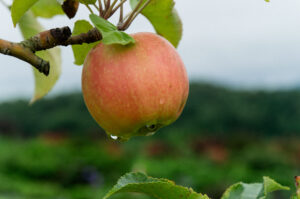
During the past week, codling moth and apple maggot numbers in traps have slightly declined, oriental fruit moth (OFM) …
![Cover photo for 2025 Apple Maturity Pilot Program [08.06.25]](https://henderson.ces.ncsu.edu/wp-content/uploads/2025/08/Honeycrisp-skin-cracking-e1754653818716-300x225.jpg)
In cooperation with the Henderson County Master Pomology Program, we initiated an effort to monitor apple fruit maturity in …
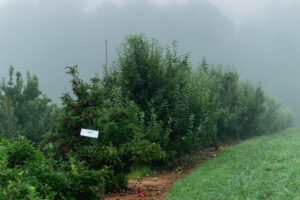
The recent cool weather has slowed insect development, and consequently not much has changed in the past week. Codling …
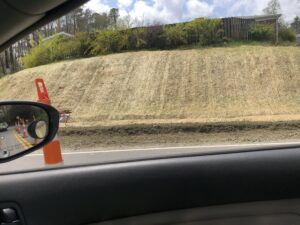
Here we find ourselves nearly 8 months out from Hurricane Helene and many areas of bare soil remain. This …

WNC AgOptions intent to apply deadline Sept. 26, 2025; Application deadline Nov. 14, 2025. Grants for family farms in 2026 After …

They say a picture is worth 1000 words, but maybe sometimes it’s just better to keep words unsaid….At the …
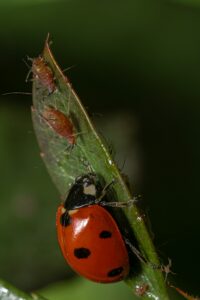
Safe Ways to Manage Pests and Diseases in the Summer Therapeutic Horticulture Garden Therapeutic horticulture gardens offer a space for …
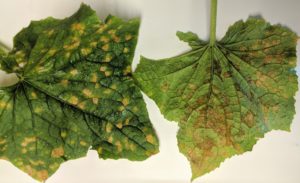
Downy Mildew Management Sprays! Downy mildew has been found on cucumbers in several WNC counties including Haywood and Henderson. Henderson …
![Cover photo for 2025 Apple Maturity Pilot Program [07.30.2025]](https://henderson.ces.ncsu.edu/wp-content/uploads/2025/07/25PAM_GingerGold-Group-Pic_7.29.25-213x300.png)
In cooperation with the Henderson County Master Pomology Program, we initiated an effort to monitor apple fruit maturity in …

As August approaches, apple insect activity continues to pick up. Although many orchards still have low pest pressure, codling …

This field guide and linked resources provide information on basic insect identification, sampling methods, monitoring, …
Vineyard establishment involves careful planning, thorough site preparation, vineyard design, planting, and trellis construction. Unlike …
Growing Chardonnay grapes, the number one vinifera variety grown in North Carolina, can be a …

Crape Myrtle Bark Scale (CMBS), Acanthococcus lagerstroemiae, is an exotic insect pest that feeds only …
New and current grape growers will find practical information on site appraisal, establishment, and operation …
Grapes grown in North Carolina are sometimes exposed to unfavorable climatic conditions and biological pests …

This factsheet discusses symptoms and control of several leaf diseases common in North Carolina blueberry …

This factsheet describes the biology of the cane lace bug or bamboo lace bug, Leptodictya …